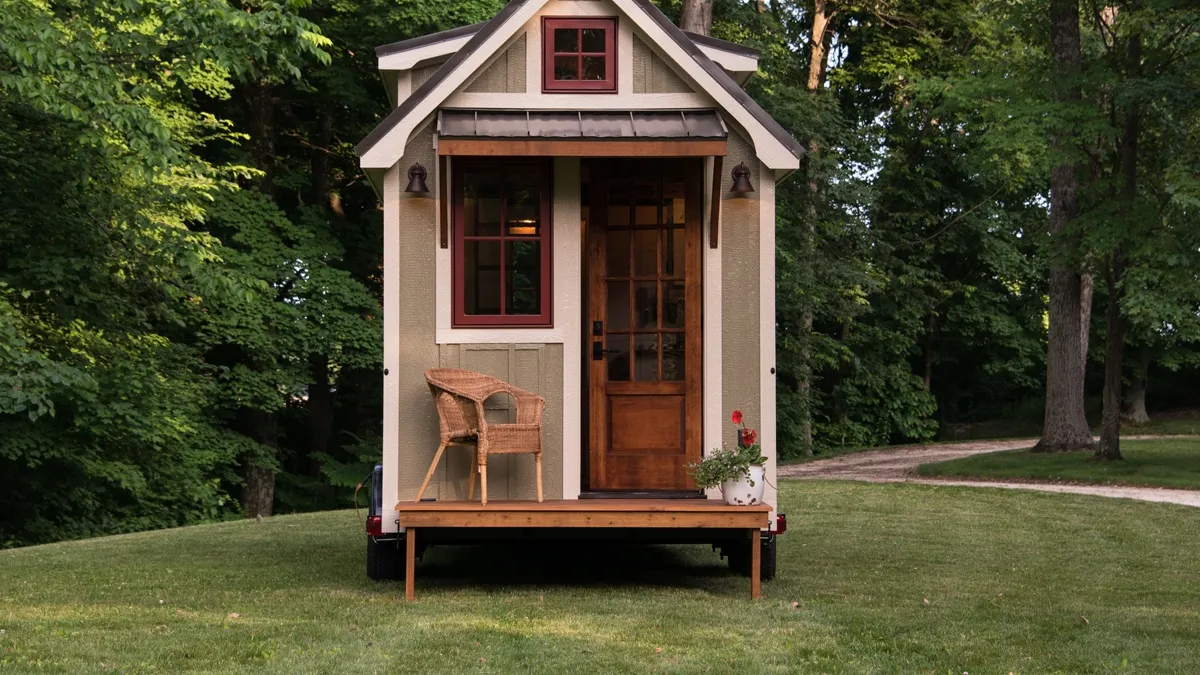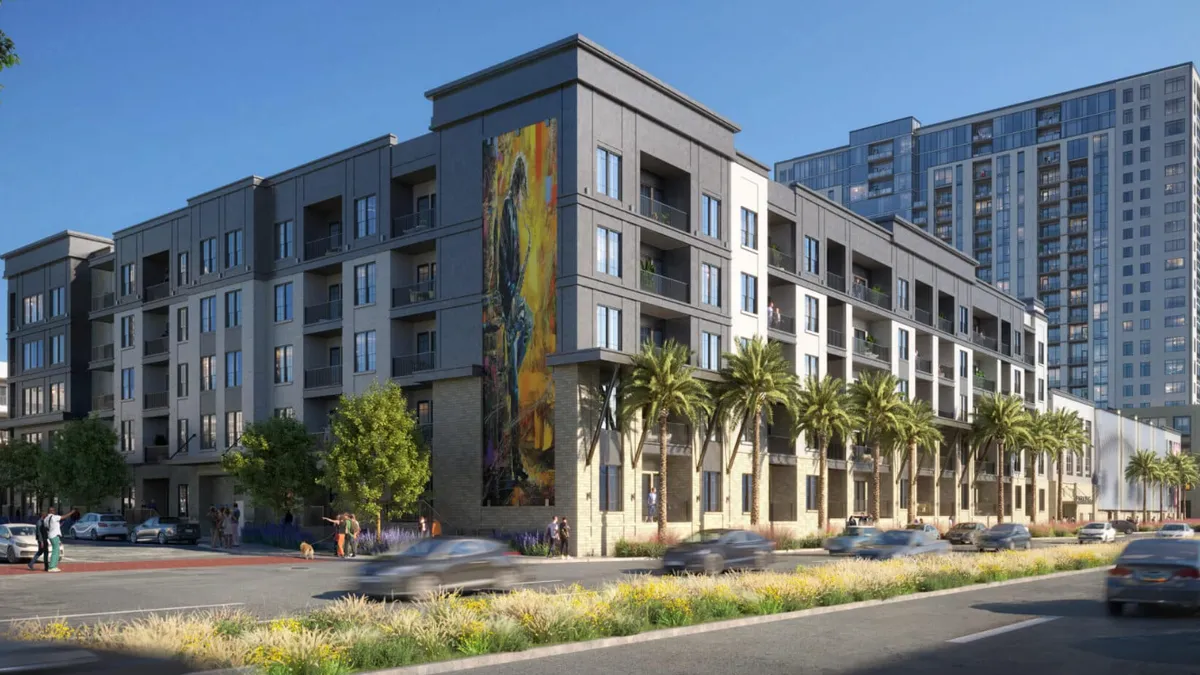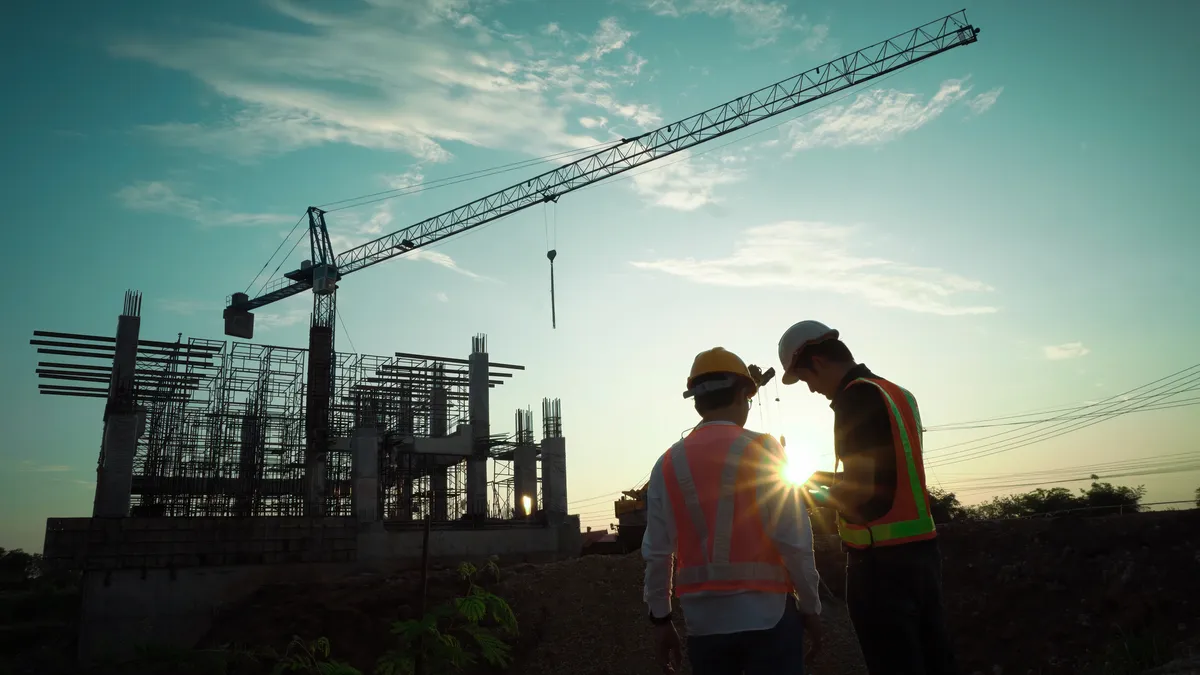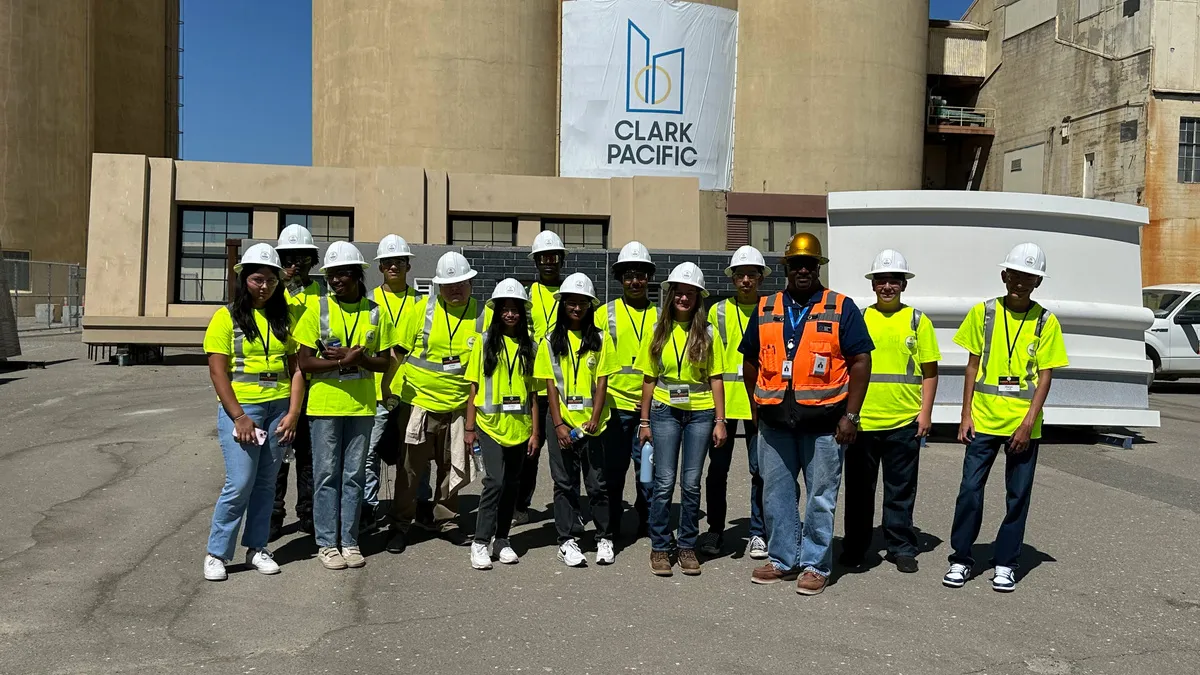Tiny houses have captured worldwide attention, as the small living trend is explored in TV shows and by custom homebuilders in search of a new market.
During the PCBC builders' show in June, building executives and industry insiders discussed tiny houses. Amy Albert, editor in chief of Professional Builder, said industry professionals should keep an eye on the growing trend, as it could have major implications for housing. But Nick Lehnert, executive director of KTGY, said he believes big building companies are hesitant to test the waters of the new market, despite growing demand, because "builders have a lemming mentality."
We’ve followed the small living movement in our "Tiny house trends series," which has featured traditional homebuilders switching over to tiny homes, companies finding untapped demand in the small home market, residents of the first public tiny house community in the country seeing the movement evolve, and an architect who wants to adapt the trend to address problems of urban infill and a lack of affordability.
However, despite all the attention on tiny houses and the success of some small builders, almost no major homebuilding companies have latched on to the movement and tried out their own line of tiny houses.
Why have larger firms seemingly cast tiny house options aside? Is it possible all the hype won’t result in any tangible ramifications for the housing market?
Homebuilders hesitant to wade in
Lehnert said he believes most large homebuilders are "square footage-driven," and don’t see the merit of spreading out more homes on a plot of land, rather than building larger ones that fill more space. "But the conversation is getting louder and louder," he told Construction Dive.
Most of the large homebuilding companies and groups we contacted did not want to speak to the topic, as they said they didn't see the tiny house "niche" having any impact on their business.
Mattamy Homes COO Brian Johnston told Construction Dive, "Fundamentally, ground-oriented housing is not efficient, and proportionately, too much of the cost is chewed up by high land cost. The answer is going up in the air, not trying to cut construction costs by building smaller homes."
The nation's largest homebuilder, D.R. Horton, did experiment with micro-homes a few years ago and developed the Division 43 complex in Portland, OR, which included 29 homes with sizes ranging from 364 square feet to 687 square feet. The net-zero properties sold for $100,000 and up.
However, despite the success of that project, no other production homebuilders — including D.R. Horton — tried to replicate the effort, according to Lehnert.
"The problems are the cost to construct. I think that builders shy away because no one has designed a production-esque type of tiny house," he said. "Most builders are staying with the traditional."
Peter Dennehy, senior vice president of residential industry consulting firm Meyers Research LLC, said he isn’t aware of any large production homebuilders that are currently building tiny houses. In fact, he noted, most of the companies seem to be building bigger properties than they were before the housing crash.
"After the recession, the parts of the housing markets that seem to come back quickest and stronger are the move-up and 55-plus segments because those people still have money," he told Construction Dive. "Entry-level buyers are still a little bit slower to come into the market."
Ignoring millennial preferences?
Millennial homebuyers continue to elude homebuilders, as most are remaining renters rather than taking on mortgages. A Zillow report earlier this year found that — even though it’s cheaper for millennials to buy than rent in most cities — first-time homebuyers are renting for an average of six years before they buy, more than twice as long as in the 1970s.
The lack of first-time buyers is exacerbating concerns that younger people are being left out of the housing recovery. Many housing experts predicted 2015 would see strong first-time buyer activity as a natural result of low mortgage rates combined with job and income growth, but that hasn't been the case.
"There’s a pent-up demand sitting there, if you can get something that’s attainable and something that they like," Lehnert said. "When you talk about tiny houses, you’re addressing the millennial. I think builders, they don’t have to address it at this point, so they haven’t been."
Although some tiny house builders have reported interest from potential buyers of all ages, Lehnert said the movement is mostly driven by the younger generation.
Johnston added, "Millennial buyers don’t seem to have the same income or capital as some predecessor generations relative to the cost of a new home. Smaller equals cheaper, thus narrowing the divide."
A shifting perspective
Despite the lack of current millennial homebuyers and the difficulty justifying construction costs, Lehnert said he believes homebuilders will start to see a valuable opportunity in the tiny house trend.
"That is one of the problems… getting builders to see where there is a market, and can they build it and make money from it. I think if it’s done right, I’d like to think that there is," Lehnert said. "We have a whole generation of millennials that might consider an alternative to renting if they could get into something, even if it’s small, that they would like."
Both Lehnert and Dennehy noted that the real opportunity in the tiny living trend could be more in downsized homes, rather than true tiny houses with an interior of less than 400 square feet.
"I think (homebuilders are) going to start to broaden their product array to include products that are more affordable," Dennehy said. "I think there’s market demand for smaller, more affordable homes, and we are going start seeing the move more in that direction."
Lehnert, and his firm KTGY are currently researching tiny houses as a possible addition to their design offerings and as a new product to work on with builders. KTGY's R&D of the small structures focuses on single-level homes around 600 square feet and two-level homes up to 1,200 square feet.
"The plan is basically to enhance the conversation of housing for the millennials. That's what I believe is going to be a huge, new direction or opportunity for homebuilders is how do we engage the millennials," Lehnert said. "A lot can say we’re already engaging them. But we’re engaging them because they’re buying your least expensive house. But did you really design it for them? That’s the question."
What’s next for tiny houses
Even if large-scale homebuilders don’t embrace the small living trend, Dennehy said he sees the immense popularity of tiny houses as a sign they won’t go away anytime soon. However, he predicts individual people, rather than larger companies, will keep building them. "It might be more of a trend just among the population in general, to build small," he said.
Johnston is more skeptical of the lasting potential of the trend, as he said he believes it is the result of increased urbanization and pricier land costs, which drive up home prices. Therefore, until the economy improves enough to bring substantial wage growth, homebuyers will seek out smaller options. "If income growth does not pick up, the fad will continue. Thus, it is all about the wider economy," he said.
Lehnert, however, remains optimistic of the trend's future and said KTGY plans to reveal findings of the firm’s tiny house R&D efforts in the coming months.
"I think it is an incredible opportunity to start to understand and look at what a smaller home, I mean a really small home, can function like in lifestyle interior and lifestyle exterior that is really foreign to what has been the tradition of structured suburbia," he said. "I have to believe that if we have the right formula, maybe others will do something as well."

















